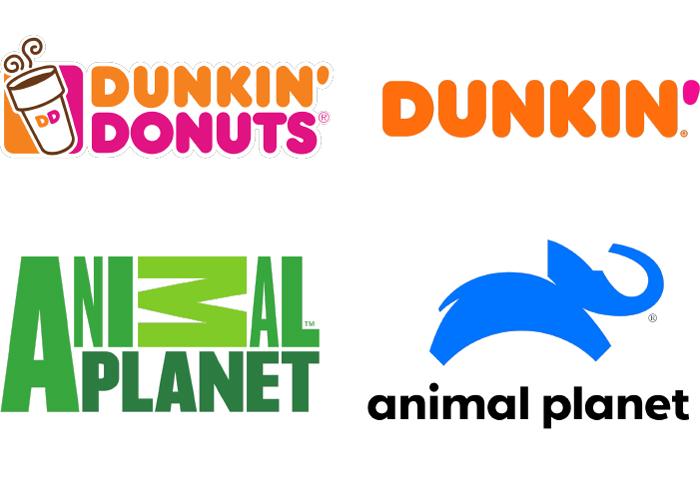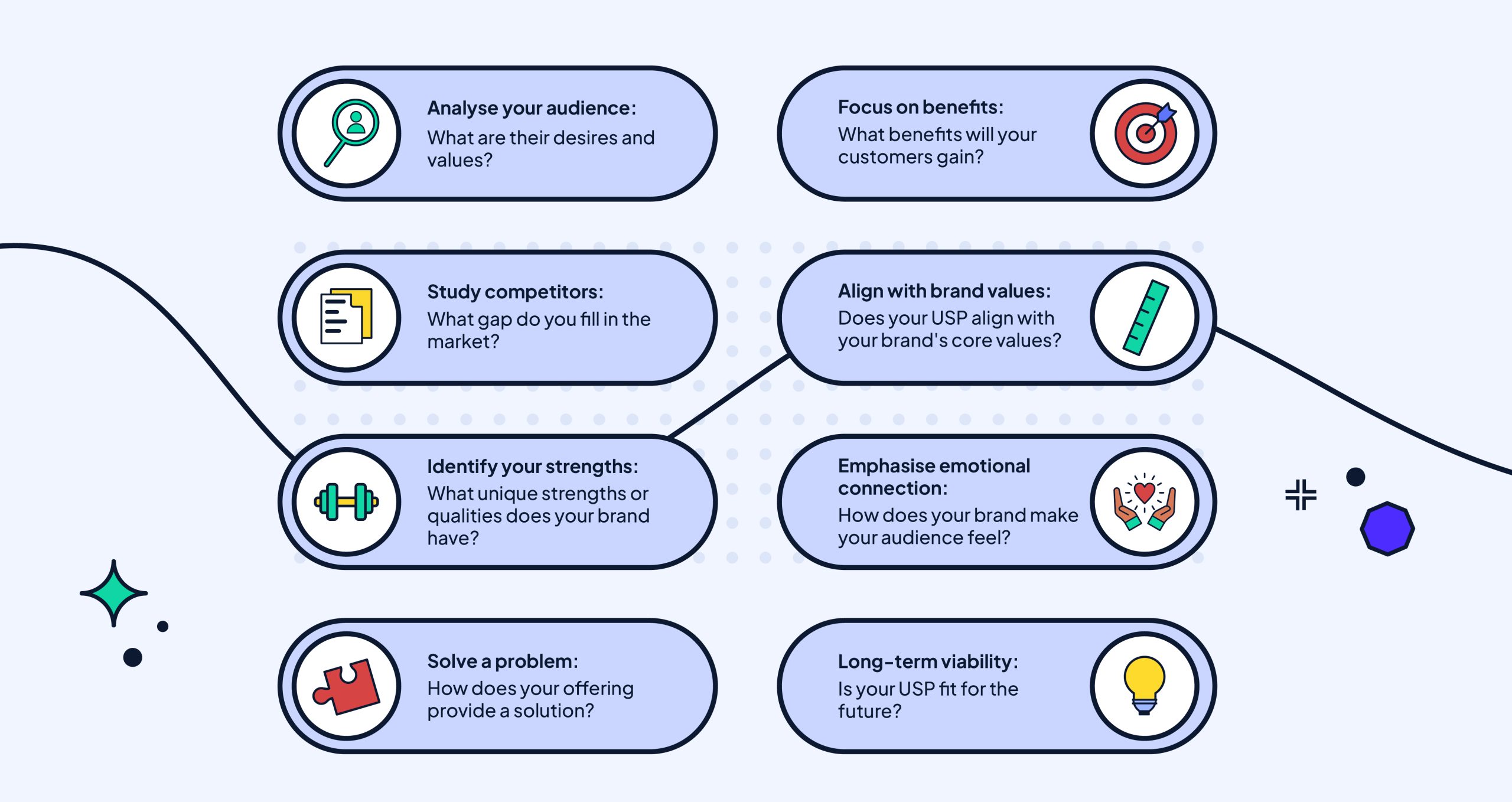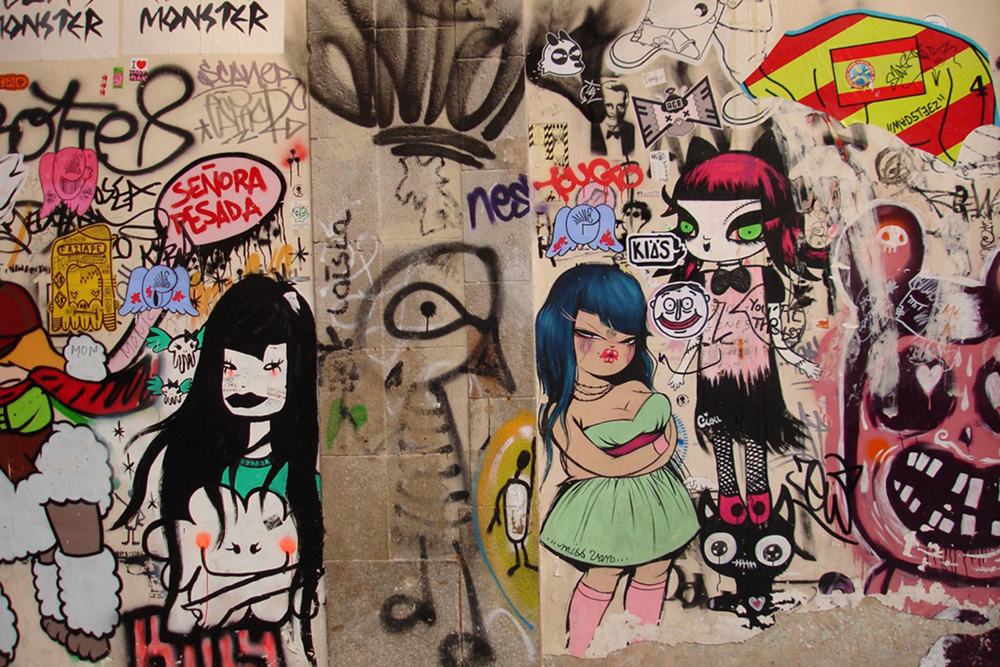
Once upon a time in a land not so far away, brand logos roamed free, enticing consumers with their enchanting tales. From swooshes to golden arches, these logos wove spellbinding narratives that captured the hearts and wallets of customers around the globe. But what is the secret behind their storytelling prowess? Join us on a whimsical journey through the mystical world of brand logos, where the power of narrative reigns supreme.
The Historical Evolution of Brand Logos
Have you ever wondered how brand logos have evolved over time? Let’s take a trip down memory lane and explore the fascinating historical journey of some of the most iconic logos in the world.
**Ancient Times:** Back in the day, branding was a bit different. Instead of logos, businesses used symbols and markings to distinguish their products. Imagine trying to pick out your favorite toothpaste based on hieroglyphics!
**Middle Ages:** Fast forward to the Middle Ages, where branding became more sophisticated. Knights would stamp their family crest onto their armor and shields, signaling their loyalty and nobility. Talk about taking brand loyalty to the next level!
**Industrial Revolution:** As we entered the Industrial Revolution, brands started to take on a more modern look. Logos began to feature bold fonts and simple designs, making them easier to recognize and remember. It was like the Instagram filters of their time - but without the likes!

The Impact of Storytelling in Brand Identity
Storytelling is the bread and butter of brand identity – it’s like the secret sauce that makes your brand stand out from the crowd. Whether you’re a small business or a big corporation, weaving a compelling narrative around your brand can leave a lasting impression on your audience.
So, how exactly does storytelling impact brand identity? Let’s break it down:
- Emotional Connection: Storytelling creates an emotional bond between your brand and your customers. When you tell a story that resonates with your audience, they’re more likely to remember your brand and feel a connection to it.
- Memorability: A well-crafted story is more memorable than a list of facts or product features. By telling a story that sticks in your customers’ minds, you’re ensuring that they’ll remember your brand when they need your product or service.
But wait, there’s more! Storytelling can also help humanize your brand, differentiate you from your competitors, and build trust with your audience. So next time you’re working on your brand identity, don’t forget to sprinkle in a little storytelling magic!

symbolism-and-meaning-in-logo-design”>Symbolism and Meaning in Logo Design
Have you ever noticed the hidden meanings behind some of your favorite logos? It’s like discovering a secret message in a bottle, except better because it’s in a logo.
Take the Apple logo for example – that missing chunk? It’s a nod to the genius of Isaac Newton (and maybe a jab at a bite-sized fruit).
Or the FedEx logo, with an arrow cleverly hidden between the “E” and the “x”. It’s like a game of Where’s Waldo, but with shipping.
And don’t even get me started on the Starbucks mermaid. She’s got a serious case of two-tailed confidence. She’s basically a siren, luring you in with caffeine instead of song. Genius!

Creating Emotional Connections through Narrative
Picture this – you’re sitting in a dark movie theater with a bucket of buttery popcorn in your lap. The lights dim, the music swells, and suddenly you’re transported to a different world. That’s the power of storytelling. It has the ability to make us laugh, cry, and everything in between.
When you’re trying to create emotional connections through narrative, it’s all about getting people to invest in your story. You want them to feel like they’re a part of the journey, like they’re right there alongside the characters. That’s why it’s important to create relatable characters and situations that tug at the heartstrings.
One way to do this is by using **vivid descriptions** that paint a picture in the reader’s mind. By appealing to their senses, you can make them feel like they’re really experiencing the story. Another technique is to **incorporate humor** to lighten the mood and make the characters more likeable. After all, who doesn’t love a good laugh?
But perhaps the most important thing when it comes to is **authenticity**. Readers can tell when a story is genuine and when it’s just pandering. So be true to yourself and your characters, and the emotional connections will follow.

The Role of Cultural References in Brand Logos
In the world of branding, cultural references play a huge role in shaping brand logos. From hidden meanings to clever nods to popular culture, logos are often filled with subtle references that can make consumers stop and think. Take the iconic Apple logo, for example. The apple with a bite taken out of it is a clear reference to the biblical story of Adam and Eve – except in this case, taking a bite out of the apple won’t ruin your life, it’ll just drain your bank account.
Another great example of cultural references in logos is the FedEx logo. At first glance, it may just look like a simple wordmark, but look closer and you’ll see an arrow hidden in the negative space between the “E” and the ”X”. This subtle detail is a clever nod to FedEx’s commitment to speed and efficiency – because nothing says “fast delivery” quite like a sneaky arrow in your logo.
Many brand logos also incorporate cultural references to resonate with specific target audiences. For example, the Starbucks logo features a siren from Greek mythology, which not only ties in with the brand’s name (Starbuck was a character in Moby Dick), but also gives the logo an air of mystery and intrigue. Plus, who doesn’t want to start their day with a cup of coffee from a mythical sea creature?
Unveiling the Psychological Influence of Storytelling in Branding
Have you ever wondered why some brands just seem to stick in your mind, while others fade into obscurity? It’s not just because of their products or services – it’s because of their storytelling. Yes, you heard me right, storytelling! Just like a fairy tale captures your imagination and takes you on a journey, brands use storytelling to create an emotional connection with their audience.
When a brand tells a compelling story, it’s like magic – you can’t help but be drawn in. You start to relate to the characters, feel their struggles and triumphs, and ultimately become emotionally invested in the brand. This connection is what sets brands apart from their competitors and keeps customers coming back for more.
So, what exactly is it about storytelling that makes it so effective in branding? Let me break it down for you:
- Emotional Appeal: Stories evoke emotions, and emotions drive decision-making. When a brand tells a story that resonates with its audience, it creates a strong emotional bond that can last a lifetime.
- Memorability: Have you ever noticed how you can remember a good story long after you’ve heard it? The same goes for brands – when they tell a memorable story, they stay top of mind with their customers.
- Personality: Storytelling allows brands to show their personality and values in a way that connects with their audience. By weaving their values into their story, brands can create a deeper connection with their customers.
The Future of Narrative-driven Logos in Marketing
When it comes to , the possibilities are endless. Gone are the days of boring, static logos that simply display a company’s name or initials. Now, companies are using storytelling to create logos that engage and captivate their audience.
Imagine a logo that tells a story with each element, that draws the viewer in and leaves them wanting more. From playful animations to hidden messages, the future of logos is all about creating a narrative that resonates with consumers.
One of the key benefits of narrative-driven logos is that they can help establish a strong emotional connection with customers. By telling a story through their logo, companies can create a sense of loyalty and attachment that goes beyond a simple visual representation.
So, the next time you see a logo that seems to come to life before your eyes, remember that it’s not just a design – it’s a carefully crafted narrative that has the power to shape how you perceive a brand. And who knows, maybe one day, you’ll be telling your own story with a logo too!
FAQs
How can a brand’s logo tell a story?
A brand’s logo can tell a story by incorporating visual elements that evoke certain emotions or ideas. For example, a logo featuring a tree can symbolize growth and longevity, while a logo with a swoosh can represent speed and movement.
Why is storytelling important in branding?
Storytelling is important in branding because it helps create a connection between the brand and its audience. By telling a story through its logo, a brand can establish an emotional bond with consumers and differentiate itself from competitors.
Can a logo without a narrative still be effective?
While a logo without a narrative can still be visually appealing, incorporating a story can make it more memorable and impactful. A narrative adds depth and meaning to a logo, making it more likely to resonate with consumers.
How can a brand use its logo to reinforce its narrative?
A brand can use its logo to reinforce its narrative by consistently incorporating elements that reflect its story. For example, a brand that values sustainability can use eco-friendly colors and imagery in its logo to reinforce its commitment to the environment.
What are some examples of brands that effectively use storytelling in their logos?
One example of a brand that effectively uses storytelling in its logo is Apple. The iconic bitten apple logo symbolizes knowledge and innovation, reflecting the brand’s reputation for cutting-edge technology. Another example is Nike, whose swoosh logo conveys a sense of speed and excellence, reinforcing the brand’s identity as a leader in athletic gear.
So, what’s your logo story?
As we’ve seen, brand logos have the power to tell a compelling narrative that resonates with consumers on a deeper level. Whether it’s a clever play on words, a hidden symbol, or a nostalgic design, these stories can stick in our minds long after the initial encounter. So next time you see a brand logo, take a moment to think about the story behind it. And who knows, maybe one day you’ll be the one crafting your own logo narrative that captures the hearts and minds of consumers everywhere. Remember, a logo is worth a thousand words…or at least a catchy jingle.











